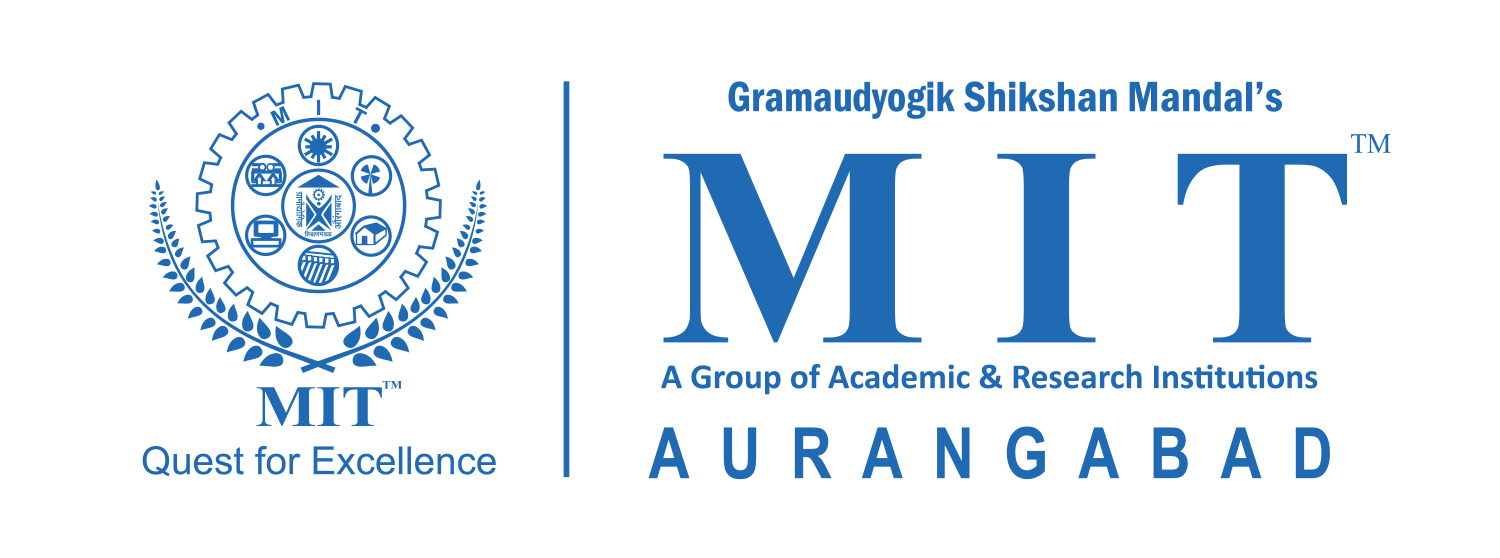Centers of Excellence
Goal
MIT open source academy is a program designed to mentor students in learning open source technology, giving consultancy services, and developing projects using open-source language, database, tools, and operating system – cloud data. The academy develops the skill of applying theoretical know-how to solve real-world problems.
Objectives
- To promote open-source software tools for developing solutions
- To enhance software design competency
- To develop industry-ready human resources, to impart on-demand training to working professionals
- To create a platform for industry, government organizations, academia for support and service in the open-source domain
- To facilitate a platform for international training and global certification in leading open source technologies
Specification
Contribution towards open-source is one of the best ways for a student to prepare for a job in the industry. The academy guides students in designing and developing solutions using programming languages like Python, PHP, R programming, Ruby, etc. Using databases like MongoDB, MySql, PostgreSQL, SQLite, Berkeley DB, Firebird, etc. and software frameworks like Hadoop, Django, Flask, etc.
Project Domains
The project domains of the academy are:
- Enterprise Linux, Big Data, Cloud Computing, Android Apps
- Secure Web Hosting Enterprise Server, Corporate Mail Server
- Digital Document Storage Solution
- Soft Freedom – Migration from Closed Source Software (CSS) to Open Source Software (OSS)
Team
The academy has associations with eminent consultants, experts, and faculty members who have been practicing open-source tools.
Industry-Academia Partnership
To develop professionals in open source domain viz. Enterprise Linux, Server Security, Cloud Computing, Big Data, etc. MIT has signed up the academic partnerships with open source creative industry, namely:
- Red Hat Inc., USA.
- Hortonworks Inc., USA.
- Cloudera Inc., USA.
MIT – Shimadzu Analytical Testing Laboratory is established in 2015 at the Department of Plastics and Polymer Engineering, in collaboration with SHIMADZU (Asia pacific), Singapore.
The laboratory is equipped with modern testing instruments for R&D with consultancy services to the outside world, prominently in material characterization with the following facilities:
- Analytical Testing (Material characterization) of materials
- Fourier Transform Infrared Spectrophotometer (FTIR)
- UV-VIS Spectrophotometer, (UV – VIS)
- Thermal Analysis of materials
- Differential Scanning Calorimeter, (DSC)
- Thermogravimetric Analyzer, (TGA)
The primary beneficiary industries are pharmaceutical, polymer, plastic industries, rubber industries, and educational institutions.
Center Of Excellence in Automation & Mechatronics
Aim
To impart training in automation and mechatronics to students and make them industry ready to face future challenges.
Goal
There is a considerable gap between the classrooms and the real systems at work. This is very much true and noteworthy in the field of Automation and Mechatronics. There also exists a vast potential in this area. There is a dearth of expertise in this domain, and due to the continuous technological advancements, this divide is widening. With the sole intention of bridging this gap, MIT has partnered with Siemens, Germany, to set up a State-of-the-Art facility center of Automation and Mechatronics.
The primary goals of this center are:
- To deliver knowledge of the content in the Mechatronics Systems
- To provide knowledge of the content in the Automation fundamentals and systems
This knowledge would enable the students to:
- Take a productive, self-organizing part in a project team
- Understand and translate customer wishes to technical requirements to reach customer satisfaction
- Understand internal and external testable and clear communication
- Create technical documentation of the system based on the technical requirements to achieve customer satisfaction
- Create technical documentation of the system based on the technical requirements using regional standards and design criteria.
- Conduct processes during the construction and integration of the system
- Test & adjust system parameters to fit them to the customer’s wishes
- Transfer knowledge gained easily to other projects
Facilities
The mechatronic system project is executed using project management. Stepping away from the traditional approach, the time used for the construction of a complex mechatronic system uses only a small part of the whole project. Planning (i.e., calculation parameters, determining layout) the system using design tools ahead of the construction is performed well. System external influences (i.e., environmental conditions and workforce capabilities) are included in the design.
The center has the following most advanced high-end systems:
- S7 1200 PLC with HMI (6 kits Package)
- SIMENTIC PCS 7 – Automation System
- PCS 7 as RTX Box
- Pneumatic Press 4 sets
- Cube Assembly
- S7 300 PLX withHMI(1 kits Package)
- Software step 7 version 11 for 12user
- Winccversion 12 for 6 user
- PCS 7 (Trainer Package) (6 licenses)
After this course, students will be able to:
- Explain the role of various mechanical components within a given system or module
- Trace and describe the flow of energy in a given mechatronic system or subsystem
- Describe the basic physical properties of mechanical components including materials, lubrication requirements and surface properties, carry out adjustments on mechanical components in a mechatronic system
- Read, analyze and utilize the technical datasheets for the mechanical components and electrical drive within a mechatronic system
- Correctly localize, identify and document causes of malfunctions in a mechanical component and electrical drives, based upon the technical documentation, apply safety while working on the system
Correct malfunctions where possible, or correctly identify the expertise required to correct a malfunction.
Center of Excellence in Computer-Aided Engineering
Objectives:
To develop students for the need of skilled hands in the design domain like product design, tool design, machine design, or process design. Adapt the current trends & scenario depicts how many industries have adopted computer integrated design and development activities to compete globally. To reduce time to market with excellent quality and improved manufacturing efficiency.
Industry Ready Courses:
Increasingly, manufacturing industries need to introduce innovative and efficient products while meeting shorter product release cycles and reducing manufacturing/BOM costs. With this focus, the tailor-made courses offered in this domain are:
- Certificate Courses in CAD-Unigraphics-NX
- Certificate Courses in CAD- Solid Edge
- Certificate Courses inHypermesh
- Certificate Courses in CAE-RADIOSS
- Certificate Courses in CAE-Hyperform
Geometrical Dimensioning & Tolerancing (GD&T)
MIT is marching one step ahead in the field of non-destructive testing and structural audits. MIT has established good industry institute relations through various activities of Aurangabad Municipal Corporation, Indian Society of Structural Engineers (ISSE), and Chamber of Marathwada Industries & Agriculture (CMIA).
Civil engineering structures are costly as well as it possesses high social and economic importance. A flyover bridge of simple configuration also needs today crores of rupees, and it is also directly associated with thousands of lives at a time.
Every structure has its design useful life, but structures may get damaged during lifespan due to various reasons, and its strength may get reduced. After completing a useful life span, one has to make wise decisions about destroying/dismantling the structure as new construction is costly.
MIT has established Center of Excellence in non-destructive testing and structural audit to work on all such critical projects.
The types of equipment are:
- Silver Schmidt PC type N Rebound Hammer with standard Accessories to assess the compressive strength of existing RCC/ concrete/ brick masonry/ stone masonry structures.
- Pundit PL-200 Ultrasonic Pulse Velocity Testing Machine to locate and measure cracks in structures.
- Profometer PM-650 Rebar Locator to locate steel reinforcement in existing RC structures and identify its diameter if construction drawings are not available.
- Profometer Corrosion to assess the condition of steel reinforcement regarding corrosion and know exact practical areas of the cross-section of steel reinforcement available for a different life structure.
The department of Civil Engineering is focusing on Structural Stability Audits of all structures.

